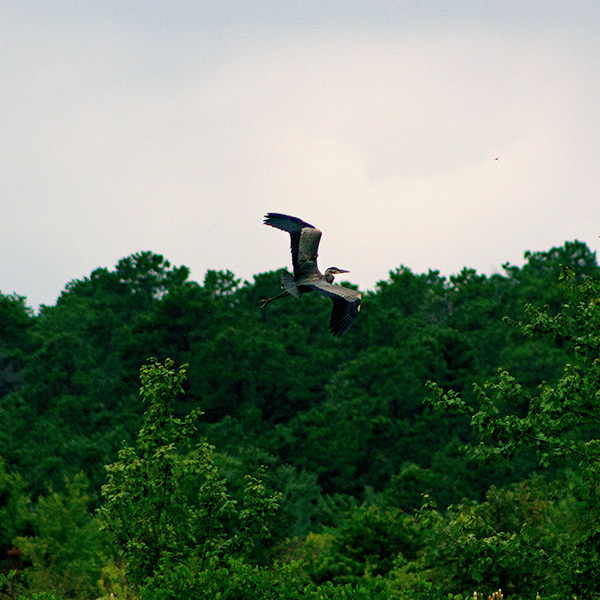Pine Barrens Snapshot
Common Birds
wildlife photography | common birds | pine barrens snapshot | research writing | cedar waxwing | great blue heron | American robin | red-winged blackbird | eastern kingbird | Canadian goose | broad-winged hawk | local wildlife photography | common birds| wildlife photographer | common birds of nj
New Jersey is home to over 480 species of birds of which about 100 species nest in the Pine Barrens. These birds depend on the estuary systems (partially enclosed brackish water systems that connect to rivers that lead to the sea) that the area provides. From birds of prey to waterfowl and songbirds – there is no short of variety for avid bird watchers to spot! Today we are gonna go over just a hand full of some common birds in NJ as captured by Art by JAL.
Common Birds in NJ
American Robin
Commonly known as a sign that spring has arrived – the American Robin is a popular bird around the world. This thrush bird can be seen all around North America and seasonally in Mexico. Robins are identified by their iconic round, red bellies, and yellow beak. They can produce three broods in a year and live on average for six years. They like to eat insects and berries, sometimes even getting drunk on fermented fruits! While not endangered they are protected by the Migratory Bird Act.
Broad-Winged Hawk
If you’re from NJ then you’ve likely seen this bird soaring in the sky. Broad-winged hawks can be found all down the Atlantic coast, as well as the Midwest and some areas in Central America. They are a part of the raptor family which includes eagles, falcons, owls, and vultures. This means that they are birds that hunt prey. Despite this, it is not uncommon to see hawks being harassed by the very territorial Blue Jay! Fun fact, a group of hawks is called a kettle because their spiraling flight pattern is reminiscent of being in a boiling pot!
Canada goose
As their name suggests, this waterfowl can be found all over North America. This bird is iconic, especially in NJ because it is the logo for the ever-popular store Wawa! The name of the store comes from a Native American word for this very bird! Despite continued human encroachment, the Canadian goose has found ways to thrive alongside us. This has led to them having a bit of a bad reputation since they are unafraid to get aggressive with humans, dogs, and even cars! It helps that they are often in gangs that can reach up to 100 geese.
Cedar Waxwing
This gorgeously colored bird can be found all over North America and Mexico. The Cedar Waxwing is often misidentified as a cardinal by the novice bird spotter for the distinct crest on their heads and similar body type. Their diet consists of mostly berries such as juniper berries, winterberry, and hawthorn. Their name comes from a red, waxy secretion that forms on the tips of their wings. It is not known what the wax is for.
Eastern Kingbird
This flycatching songbird has a large-reaching territory that starts in Canada and ends in Argentina! Where they are during the year changes what the Eastern Kingbird will eat. They behave very differently depending on where they are during the year. In summer they are up north and they become territorial bug-eaters. Alternatively, winters are spent in fruit-eating flocks near the Amazon. Their scientific name, Tyrannus, means “tyrant” and it fits this bird perfectly as they are known bullies of all the other woodland creatures!
Great Blue Heron
This beautiful local comes from a family of about 60 fellow long-legged, fish-eating birds. NJ’s marshes make a perfect home for them, but they can also be found all over America and as far south as Panama. Great Blue Herons are the largest of their species in North America. With their good night vision they can stalk the waters day and night. Their “backward knees”, an identifiable feature, are actually an ankle and their real knees are hidden under their feathers.
Red-Winged Blackbird
Their name really gets to the point! These marsh-dwelling birds are easily identifiable with a black-feathered body and a patch of red on their wings. Their distinct look is used to both intimidate foes and attract ladies. The Red-Winged Blackbird can be found all over North America and most of Mexico. The oldest recorded blackbird was almost 16 years old! It was first banded in NJ during 1967. In 1983 it was found injured in Michigan. Don’t worry! The little guy made a full recovery and was released back into the wold for more adventures.




